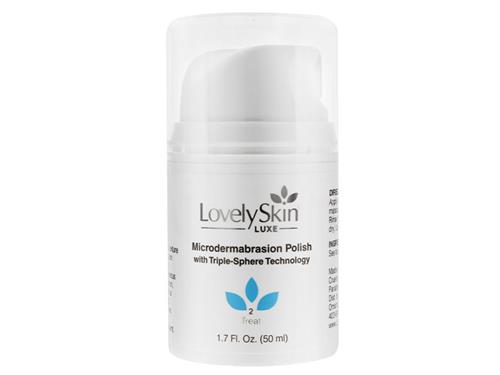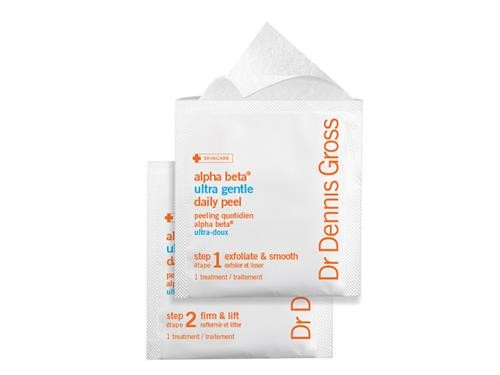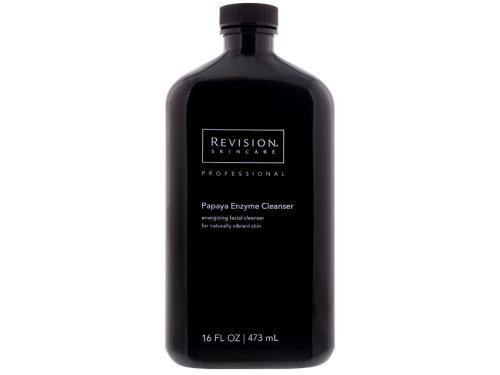
About the Author
Zach is a content writer at LovelySkin. He loves movies, sci-fi novels and helping people improve their skin.
Other Posts by ZachWelcome to LovelySkin.com.

Need a refresher on exfoliation? Here’s our quick rundown of the different ways to exfoliate your skin and the products we’re using right now to get a bright, smooth complexion.
Physical exfoliation products contain tiny beads or crushed plant matter like seeds or rice bran that work by manually loosening the glue between cells so they easily wash away. They feel grainy or even gritty, and they’re available everywhere from the drug store to the spa so you’ve probably seen them around. Physical exfoliation can be good for any skin type depending on the formula, but they’re not all equal. It’s really important to pick a scrub with smooth, finely milled beads to avoid over-exfoliating. Scrubs that are too rough (we’re looking at you, walnut shells) can even cause microscopic tears in your skin that lead to infection and real damage over time.
One of our favorite physical exfoliators is LovelySkin LUXE Microdermabrasion Polish with Triple Sphere Technology. It’s gentle on skin with three types of smooth microbeads from bamboo, jojoba and fossilized algae. No plastic microbeads means this polish is safe for the environment and won’t hurt marine life, plus it features a nourishing formula with shea butter and soothing orange extract.

Chemical exfoliators use alpha and beta hydroxy acids (glycolic and salicylic acids, for example) or gentler acids that go by names like lactic, azelaic or lactobionic. Many of these acids are derived from natural sources like sugar cane or willow bark, and they work through a chemical reaction that helps dull skin cells turn over faster. Chemical exfoliation is usually better for sensitive skin—there’s no scrubbing involved, and you can easily customize the exfoliation you need based on how much and how strong the acid in your product is.
We love Dr. Dennis Gross Skincare Alpha Beta Ultra Gentle Daily Peel because it features a combination of acids carefully chosen to get great results for sensitive skin. Lactic acid, mandelic acid and willow bark extract speed up cell turnover while soothing cucumber and antioxidants protect your complexion.

Similar to chemical exfoliation, this type uses enzymes from fruit (instead of acids) to dissolve the glue keeping your top layer of skin cells from moving on like they should. Look for the words “Papain” (papaya), “Bromelain” (pineapple) or “Actinidin” (kiwifruit) in the ingredients to tell if your product contains exfoliating enzymes. Enzyme exfoliation is even more gentle than chemical, yet it’s also very effective for brightening skin and smoothing texture. Exfoliation also helps the active ingredients in your other products penetrate better, which boosts the results of your entire routine!
It’s hard to find a cleanser that lifts away makeup and impurities easily and doesn’t leave skin feeling tight and dry, and that’s why we can’t resist Revision Skincare Papaya Enzyme Cleanser. It preserves the natural moisture barrier and provides just the right amount of controlled exfoliation to leave your complexion glowing. It’s the whole package, complete with potent antioxidants and botanicals that nourish skin and protect it from free radicals.

Now that you know the ways to exfoliate skin, which will you try next? Let us know in the comments below!
6 Beauty Must-Haves for Memorial Day Wee...
Why You Need to Clean Your Phone Screen ...
Follow us on social networks and be one of the first to learn about sales, giveaways, and free samples
| Mon - Fri | 9 - 5 p.m. CT |
|---|---|
| Sat (chat only) | 9 - 3 p.m. CT |
| Sun / Holidays | Closed |
| Call or Text: | 402-697-1100 |
|---|